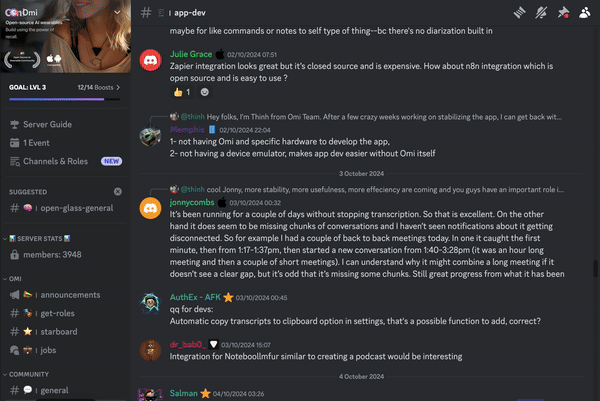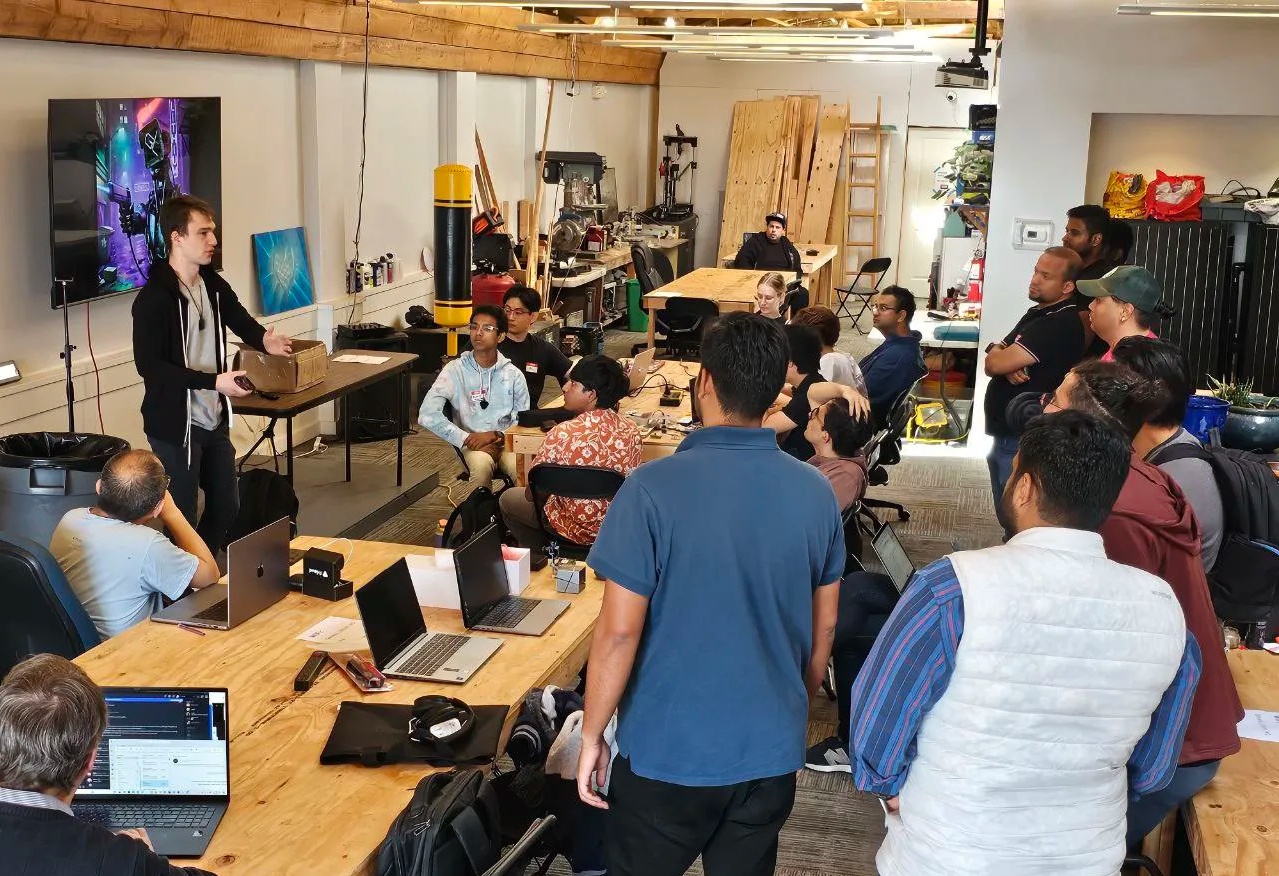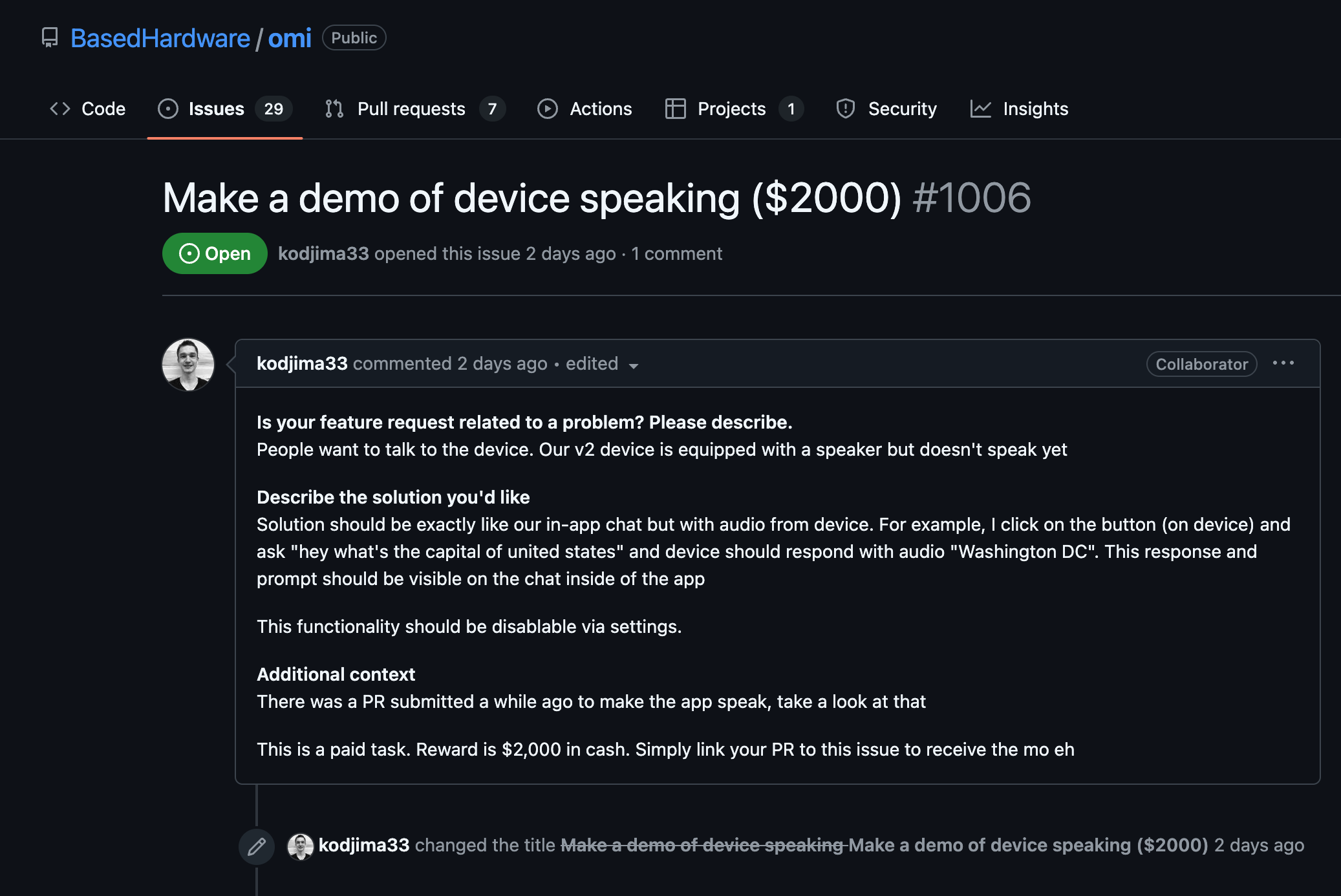Configure IBM Watson Assistant Service
- Start by creating an instance of the IBM Watson Assistant service in your IBM Cloud Console. Note the service credentials like the API Key and URL as these will be used for interaction with the Assistant API.
- Ensure that you have designed your assistant and have the required intents, entities, and dialog nodes configured in your IBM Watson Assistant dashboard to interact with.
Set Up Your Java Environment
- Ensure that Java is installed and configured on your system. You should use a modern version of Java (e.g., Java 8 or higher) for optimal compatibility.
- Add the IBM Watson Java SDK to your project. You can download the necessary JARs from the official repository, or use a build tool like Maven to manage dependencies.
<dependency>
<groupId>com.ibm.watson</groupId>
<artifactId>ibm-watson</artifactId>
<version>9.3.2</version>
</dependency>
Integrate Watson Assistant in Java
- Create a new Java Class and import the necessary components from the IBM Watson Java SDK.
- Initialize the `Assistant` service with the API Key and URL you obtained from your IBM Cloud account.
import com.ibm.watson.assistant.v2.Assistant;
import com.ibm.watson.assistant.v2.model.*;
import com.ibm.cloud.sdk.core.http.ServiceCall;
import com.ibm.cloud.sdk.core.security.IamAuthenticator;
public class WatsonAssistantExample {
public static void main(String[] args) {
IamAuthenticator authenticator = new IamAuthenticator("your-api-key");
Assistant assistant = new Assistant("2019-02-28", authenticator);
assistant.setServiceUrl("your-service-url");
}
}
Create a Session
- For each user interaction, create a new session. Sessions help maintain context and conversation state.
CreateSessionOptions options = new CreateSessionOptions.Builder("assistant-id").build();
ServiceCall<SessionResponse> call = assistant.createSession(options);
SessionResponse session = call.execute().getResult();
String sessionId = session.getSessionId();
Send a Message to Assistant
- Once a session is created, use it to send messages to your assistant. You'll send user input and get a response from your trained assistant which you can process accordingly.
MessageInput input = new MessageInput.Builder()
.messageType("text")
.text("Hello")
.build();
MessageOptions messageOptions = new MessageOptions.Builder("assistant-id", sessionId)
.input(input)
.build();
ServiceCall<MessageResponse> messageCall = assistant.message(messageOptions);
MessageResponse messageResponse = messageCall.execute().getResult();
System.out.println(messageResponse);
Handle Responses and Context
- Analyze the response from the assistant to determine the intents, entities, and any dialogue actions. This helps in determining how to continue the conversation.
- Manage context variables returned by the assistant, allowing your chatbot to hold states and manage dynamic dialogue patterns.
End the Session
- Once the conversation is over, be sure to delete the session to free up resources.
DeleteSessionOptions deleteOptions = new DeleteSessionOptions.Builder("assistant-id", sessionId).build();
assistant.deleteSession(deleteOptions).execute();
























